Wildlife Ecology | Conservation | Population Ecology | Assistant Professor at Oregon State University in Fisheries, Wildlife, and Conservation Sciences | Subject Matter Editor @ Ecology | Editor @ Mammal Communications
fwcs.oregonstate.edu/fisheries-an...
Thank you!

julkaisufoorumi.fi/en/news/chan...
Reposted by Joshua P. Twining

Features research led by @glinley.bsky.social.
www.australiangeographic.com.au/topics/wildl... - @ausgeo.newsmast.social.ap.brid.gy
Reposted by Joshua P. Twining

jobs.oregonstate.edu/postings/162...
Reposted by Xavier Lambin, Joshua P. Twining
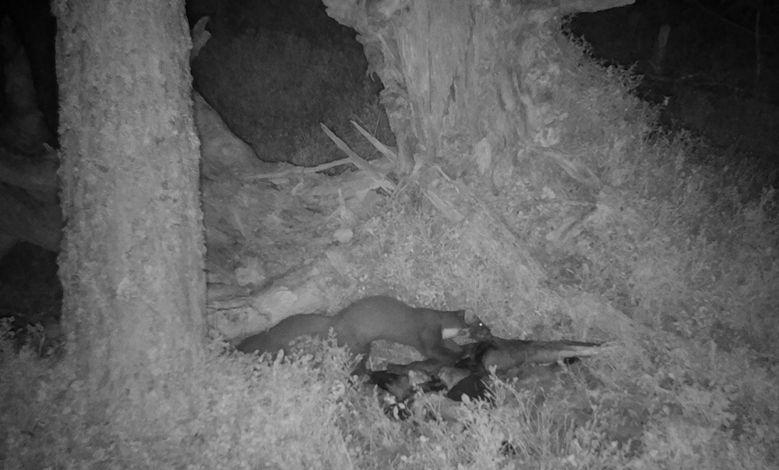
We quantified the direct impact of diversionary feeding on capercaillie productivity. We show an increase in the proportion of hen with a brood in DF sites (37% -> 85%) and, as a result, a 131% increase in chicks per hen. Read more here: www.researchgate.net/publication/...
1/7
Reposted by Joshua P. Twining
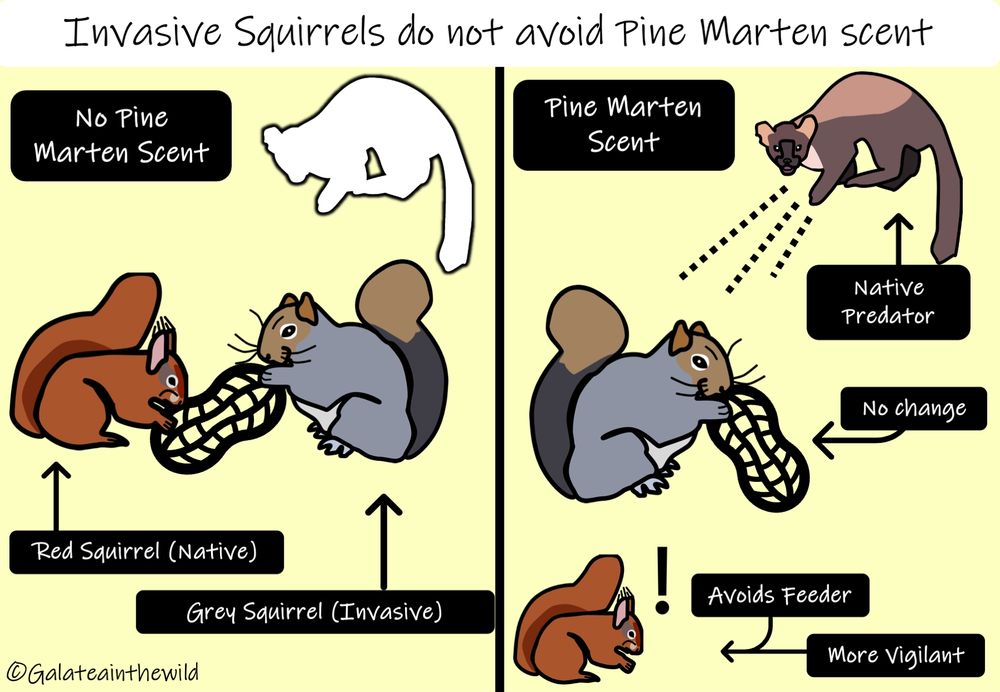
Invasive squirrels do not avoid predator scent!
Grey Squirrels (Invasive in the UK) do not avoid feeders with Pine Marten scent. Native Red Squirrels visit scented feeders less frequently, for shorter visits and are more vigilant!
Paper: tinyurl.com/23u944wq
#SciComm #SciArt 🧪🌍🐿
I develop and use hierachical models for estimating population sizes, distributions, and species interactions to inform evidence-based management and conservation of wildlife populations.
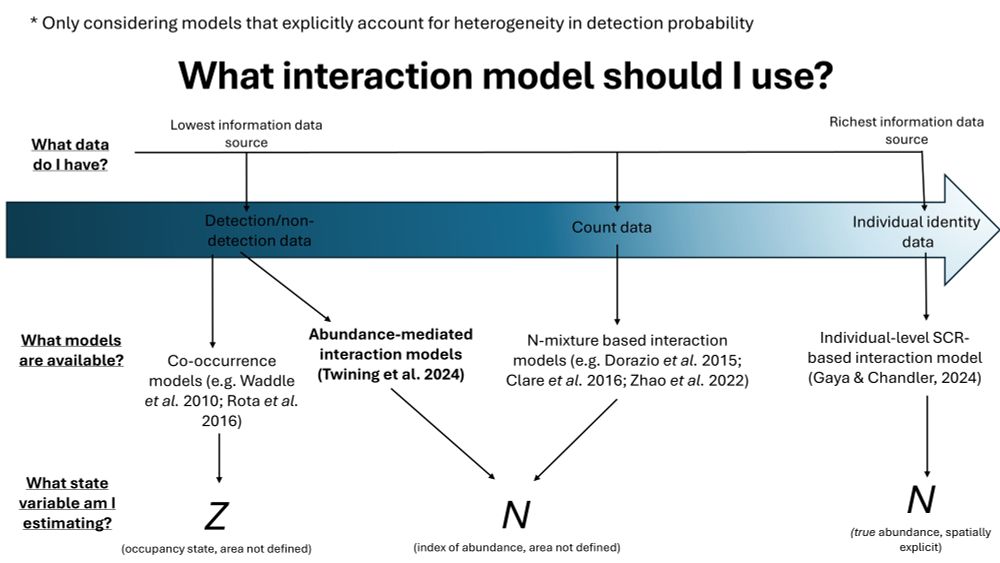
There are a bunch of interaction models out there, when should you think about using this one?
Check out our flow diagram to help you decide! (13/13)
Please share widely and contact me if you can't access the paper!
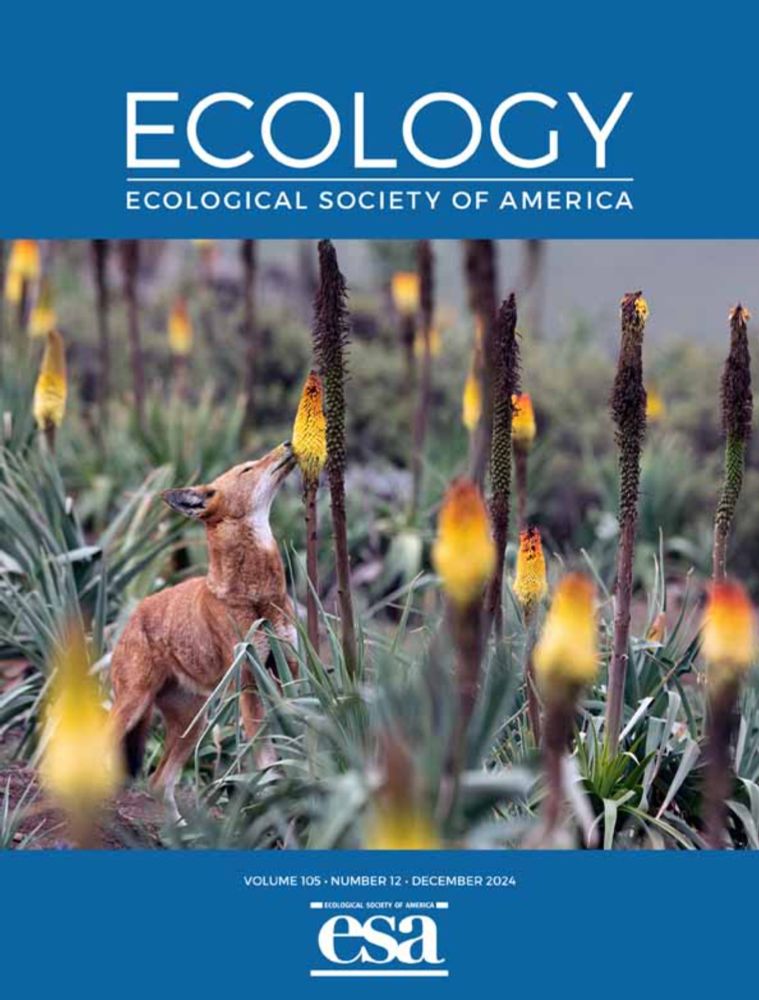
shorturl.at/Sqz9m
Huge thank you to the dream team on this @bencaugustine.bsky.social Andy Royle, and Angela Fuller.
(12/13)
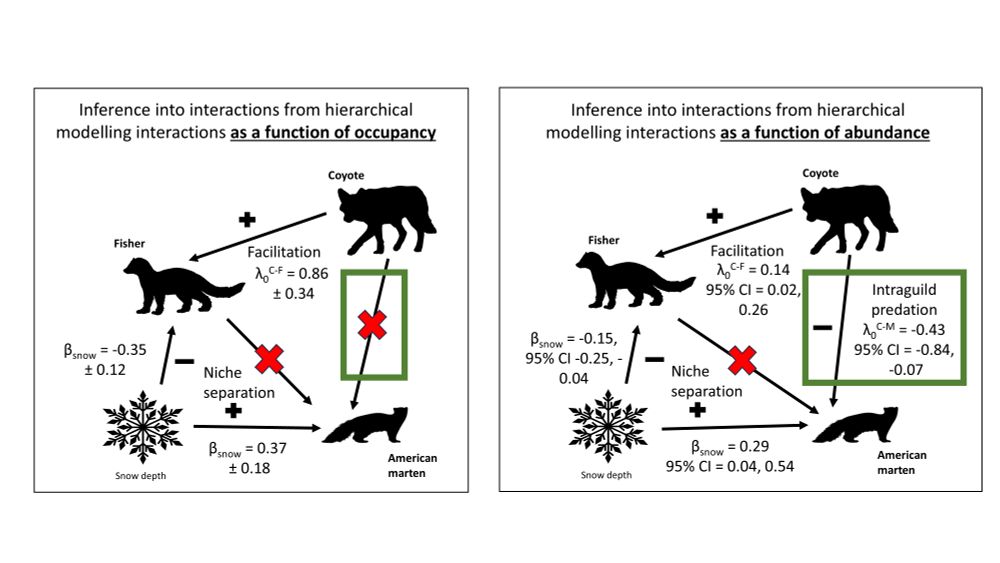
We detect interactions between species that we did not detect using co-occurence models! (11/13)




What to do in the common scenario where interactions are mediated by abundance? (6/13)

